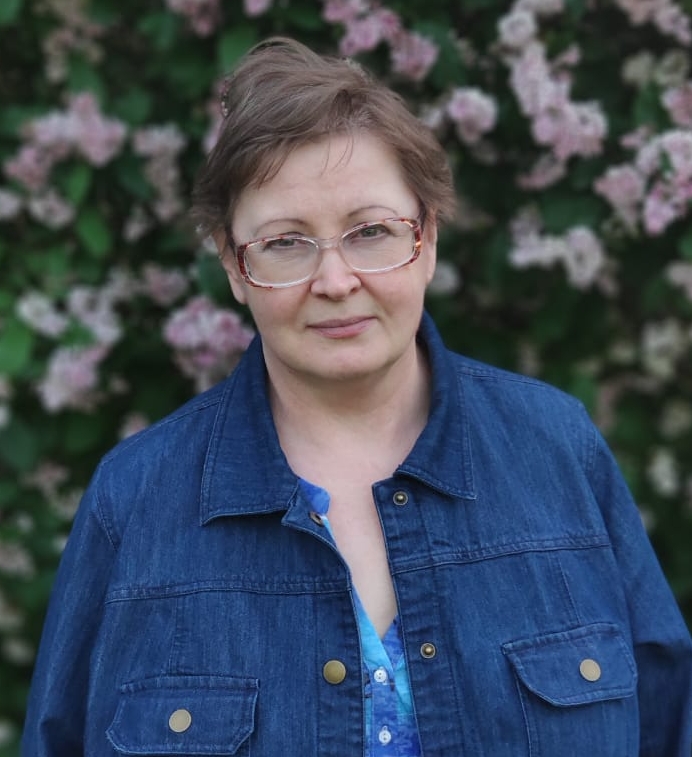The article deals with the history of shamanism and interpret the images on the petroglyphs of the Upper Amur, Olekma and Aldan rivers, dating back to 2000–1000 BC. Important role in the petroglyphs is played by the images of the Supreme gods and forest spirits that were accessed by shamans and shamanic spirit-helpers. The opposition of light and dark spirits-assistants in the form of deer and bear riders symbolizing the two worlds of the universe – the upper and lower ones – stands out among the latter. The first rider was accompanied by mushroom-shaped spirits, the second one – by hammer-shaped, sharp-headed spirits. The first spirits were associated with the mushroom ritual drink from used during the ritual to communicate with the gods, and the second ones – with farriery. Images of one-legged and two-legged hunchbacks and mother goddesses were widespread as well. The scene of making a sacrifice to the spirits highlights two shamanic guardian spirits: the first is depicted with a radiant head; the second is a sharp-headed one, having similarities with main shamanic patron spirits of the Tungus-Manchus – Buchu and Manga. Images of spirits-assistants of shamans in the form of one-legged hunchbacks, deer and bear riders, mushroom idols and mother goddesses depicted in the petroglyphs of the Upper Amur and Aldan rivers also have direct correspondences in shamanism of Tungus-Manchu peoples (Evenks, Nanais, Udege) that testifies to participation of ancient Upper Amur tribes in ethnocultural genesis of Tungus-Manchurians. Some plots of the sacrificial ritual are genetically related to the Okunev culture, probably also being genetic and cultural impulses for the Upper Amur population of the Bronze Age and the Early Iron Age. The opposition of the spirits of the light and dark sides of the sky has analogues in the culture of the Yakuts and Buryats. Blacksmith ongons as the assistant spirits of the shamans are found in the Buryat culture. This indicates the participation of the Upper Amur tribes of the Bronze Age in the cultural genesis of some peoples of Siberia.
Keywords: petroglyphs, Upper Amur, Olekma River, Aldan River, Bronze Age, Early Iron Age, shamanism, shamanic spirit helpers, shamans
DOI: 10.22250/2072-8662.2019.4.65-72
About the author
 |
Tatiana Yu. Sem – PhD (History), leading researcher at the Russian Museum of Ethnography; 4/1 Inzhenernaya str., St. Petersburg, Russia, 191186; This email address is being protected from spambots. You need JavaScript enabled to view it.
|






